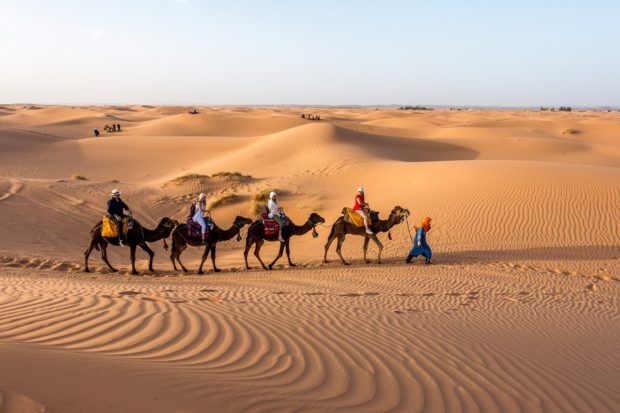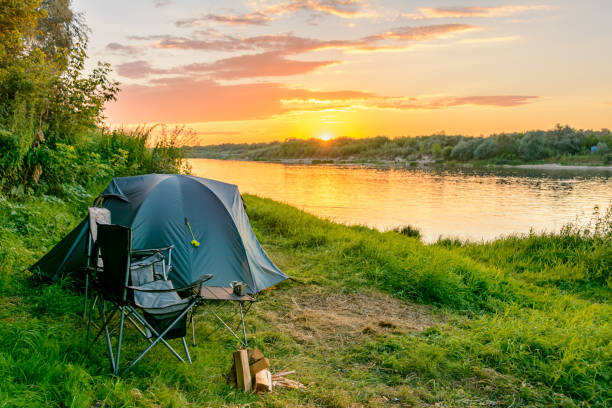The fun thing about road rips is that people love them even when they are tedious. They are indeed one of the best ways of exploring a country within the shortest span of time. The country offers vivid landscapes that can be explored like glacial lakes and lava fields. One of the most fantastic tours are the Golden grand circle tour that permits one to visit stunning sights of Iceland. Departure usually happens from the city of Reykjavik and the duration of the tour is more than seven hours that can round off to about eight hours. On the way there are many stopovers whereby you get to visit National Parks like the one of Thingvellir whereby Eurasian and American tectonic plates pull apart. Here are the details of the trip.
National Park of Thingvellir
Thingvellir is usually one of the first stops in a Grand Golden Circle day trip. It is one of the geological wonders that is located on tectonic plates of Eurasia and North America. It is a place that is charged with a lot of history. This site has a special relevance also because the first parliament was held here, outdoors. It began in the year 930 AD and continued till 1798. This place recites stories about political and geographical struggles that is reminiscent of ongoing evolution and compromises. The National Park of Thingvellir got accepted on the list for World Heritage sites of UNESCO due to the cultural values it has.
Geysir
Second stop usually after the National Park of Thingvellir in the Grand Golden Circle day trip is Geysir. You shall be alarmed to see the eruptions of the geysers. Great Geysir had stopped erupting during the 2000s however baby brother called Strokkur often goes off more often. The eruption reaches an average of twenty to fifteen meters in to air. It is at this place that there are many restaurants you are going to find and grab something really tasteful to eat.
Waterfall of Gulfoss
Right after the second stop of Geysir you are going to come across Waterfall of Gulfoss that is also known as the Golden Falls. It is considered to be one of the most powerful waterfalls. It usually drops in stages of twenty one meters and eleven meters before it falls in to one crevice. This entire activity makes it look as if something disappeared into the surface of earth. This site can be enjoyed from multiple sites that offer various scenic points imparting a distinct view as well as opportunities for photographing the waterfall.
Kerid
After the fourth stop being the waterfall of Faxi located in the Tungufljot River, you are made to visit Kerid. It is a volcanic crater that is located in South Iceland's Grimsnes area. It is just one out of the many crater lakes that are present in the area. Hence, it is called Western Iceland's volcanic zone. This is inclusive of Langjokull glacier and Reykjanes Peninsula. It got created as land kept moving over localized hotspots however it is a caldera that is visually recognizable.






